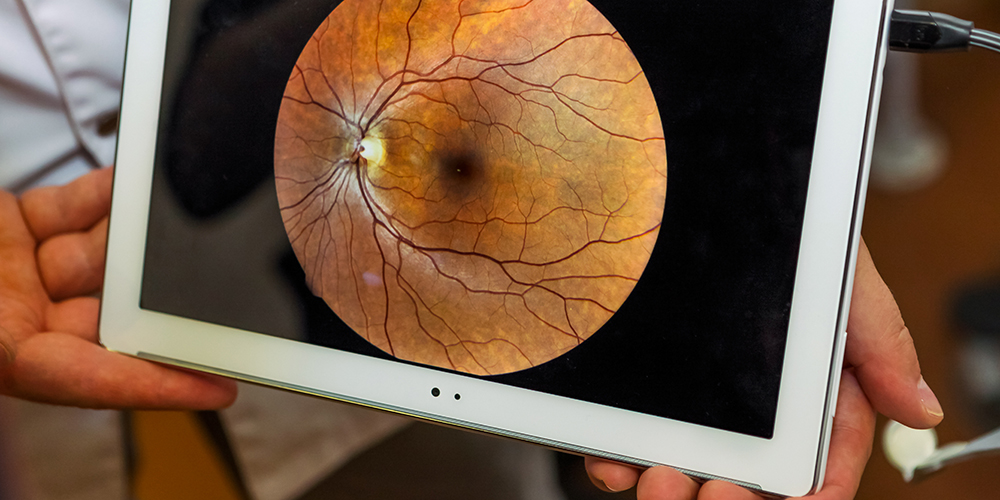Therapy within the cell
Introducing therapeutic proteins into cells in a targeted manner may make it possible to treat diseases that were previously incurable. However, a method that has been researched for about 30 years often fails because many of the substances become stuck halfway. A research team at the University of Basel has now found a solution.
02 November 2021
Proteins such as antibodies, insulin and other messenger substances have a firm place in the range of pharmaceuticals, but so far the proteins used only exert their effect outside the cell. Introducing pharmacological proteins into cells is a goal that has been pursued in research for decades. This would make it possible to control gene activity, for example, and treat diseases caused by a deficiency or excess of certain gene products.
About 30 years ago, researchers discovered a way to introduce proteins into the cell by attaching a peptide structure that then causes the cells to “swallow” the protein.
However, the proteins remained in small membrane vesicles, or endosomes, in the cells themselves, without reaching the cell nucleus. “The potential of proteins as therapeutics within cells has therefore barely been exploited,” explains Dr. Albert Neutzner from the Department of Biomedicine at the University of Basel and the Eye Clinic at the University Hospital of Basel.
Unwanted anchoring
Neutzner and his team have found a solution to the problem and have reported on their discovery in the journal Molecular Therapy. The researchers developed a protein construct that is intended to regulate the blood pressure of the veins in the retina of the eye by controlling a specific gene. Their goal was to treat a vein disease that causes blindness. Although the protein was taken up by cells, it then became stuck in the endosomes.
Closer investigation revealed that the protein construct not only remained enclosed in the vesicles: “The peptide appendage, which enables the protein to infiltrate the cell, remained firmly anchored to the inner wall of the endosomes,” says Neutzner.
To solve the problem, the researchers took advantage of the fact that endosomes contain enzymes that cut proteins at specific sites. This enabled them to build such an interface between the appendage and the actual active protein in their protein construct. “We enable the enzymes to cut the anchor chain, so to speak, and our active protein can then move freely within the cell,” explains project leader Dr. Corina Kohler.
Experiments with cell cultures and subsequent testing on pigs showed promising results – the protein entered the cells, spread out as intended and developed its effect.
Interfaces as the key to success
Neutzner believes that the protein-cutting enzymes are the primary reason why research groups with different protein constructs sometimes achieved very good results and at other times had little success: “Some constructs may have happened to contain an interface at a favorable site, while others contained none or at an unfavorable site, with the result that the active protein became inactive.”
The concept of optimizing the enzyme interfaces could also be applied to other protein constructs. Proteins may be able to develop their potential as active agents in cells and, alongside other methods such as gene therapies, earn their place in the medical toolbox.
Original publications
Claudia C. Bippes et al.
Endosomal disentanglement of a transducible artificial transcription factor targeting endothelin receptor A.
Molecular Therapy (2021), doi: 10.1016/j.ymthe.2021.09.018



